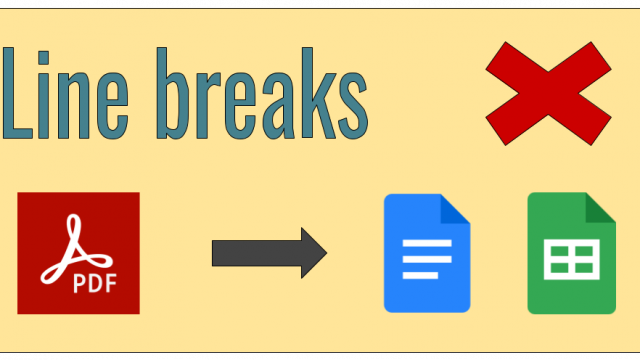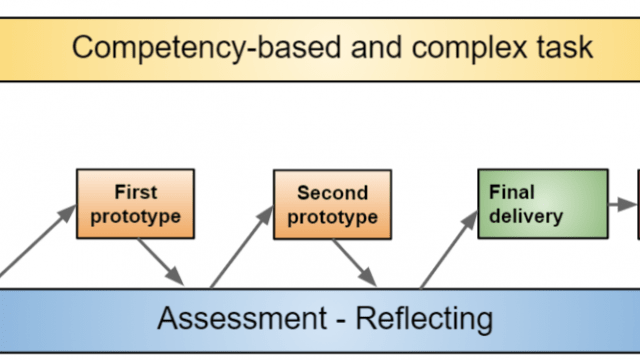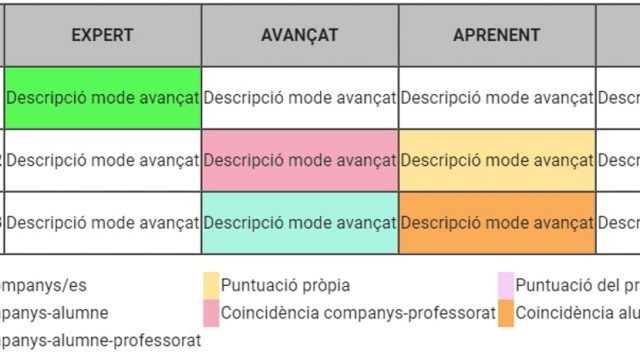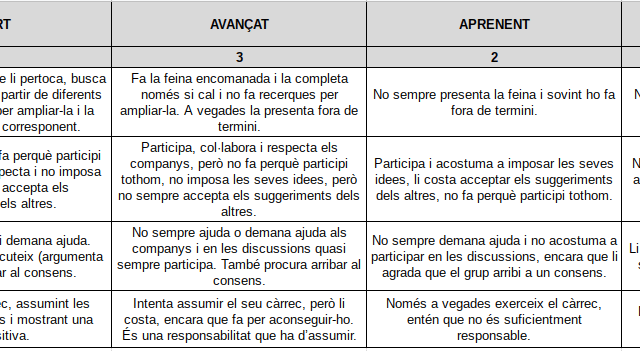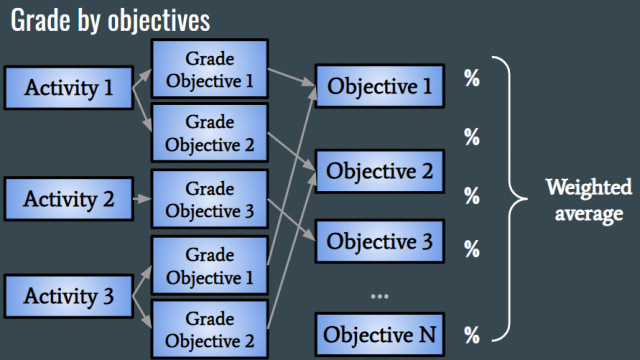It’s been a while since I’ve made a post with a technical trick. I always doubt if people will know them and it will look like I’ve discovered garlic soup. In any case, if you already know it, just skip the post and that’s it.
This summer I have been copying a few competences from the decrees of the new curriculum to make the new version of the qViC. The decrees are published in PDF and of course, when copying and pasting them into a spreadsheet or text document, line breaks appear.
Continue reading “Removing line breaks in documents or spreadsheets”